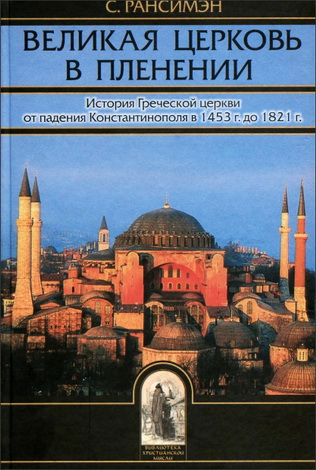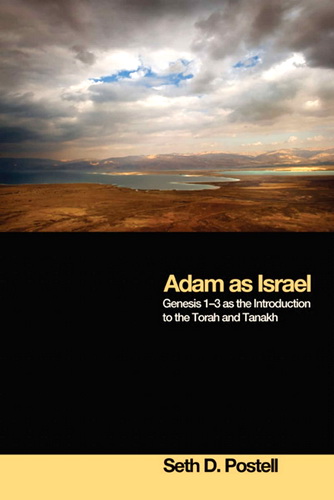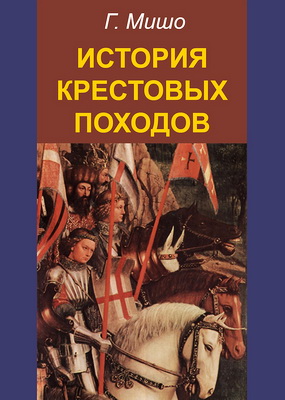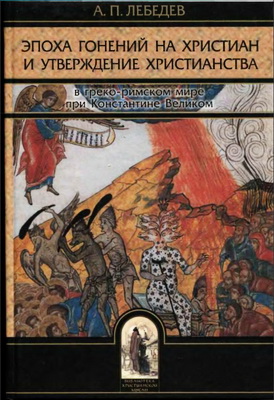
Postell - Adam as Israel - Genesis 1–3

Pre-critical Christian scholars interpreted Genesis 1–3 as the fountainhead for all biblical theology and the basis for God’s ultimate act of redemption through the provision of the Seed of the woman in the person of the Messiah. These scholars also accepted without question the continuity between the intentionality of Torah or Book of Moses (in its canonical or final form) and the NT interpretation of it (see John 5:46–47). In essence, Moses (the man and the book) was regarded as a faithful witness of the future Messianic realities (see Heb 3:5), and the compositional intentionality of the Pentateuch was tightly moored to the hope of the new covenant. The rise of critical scholarship, however, brought in its wake not only the rejection of the literary unity of Genesis 1–3, but also a whole new understanding of the compositional history and intentionality of the Pentateuch in its final form. Genesis 1–3 was deemed to be composed of two mutually contradicting creation accounts from differing time periods and with differing theologies. Eventually, Gen 2:4b—3:24 was attributed to an earlier prophetic source (“J”), and 1:1—2:4a was attributed to a final post-exilic priestly layer (“P”). Likewise, the intentionality of the Pentateuch (or Hexateuch/Tetrateuch) was tightly bound to the agenda of the post-exilic priestly circles: namely, Second Temple Judaism.
Recent trends in modern Pentateuchal scholarship in particular, and biblical studies in general, have called into question both the notion of the disunity of Genesis 1–3 (and the Pentateuch as a whole) as well as the assumption that the intentionality of the final form (canonical) Pentateuch is bound up with the priestly agenda of Second Temple Judaism. Although the climate of Pentateuchal studies is changing, there have been relatively few attempts to interpret Genesis 1–3 as a coherent unity, and as a literarily strategic introduction to the Law, the Prophets, and the Writings (Tanakh) as a whole.
Seth D. Postell - Adam as Israel. Genesis 1–3 as the Introduction to the Torah and Tanakh
Pickwick Publications, Eugene, Oregon, 2011. - 215 pp.
ISBN 13: 978-1-61097-176-8
Seth D. Postell - Adam as Israel. Genesis 1–3 as the Introduction to the Torah and Tanakh - Contents
List of Tables and Figures
Acknowledgments
List of Abbreviations
1. Introduction
2. History of Interpretation
3. Recent Studies
4. Methodology
5. A Text-Centered Analysis of Genesis 1–3, Part 1
6. A Text-Centered Analysis of Genesis 1–3, Part 2
7. Genesis 1–3: An Introduction to the Tanakh?
Bibliography
Scripture Index
Subject and Name Index




Комментарии (1 комментарий)
спасибо